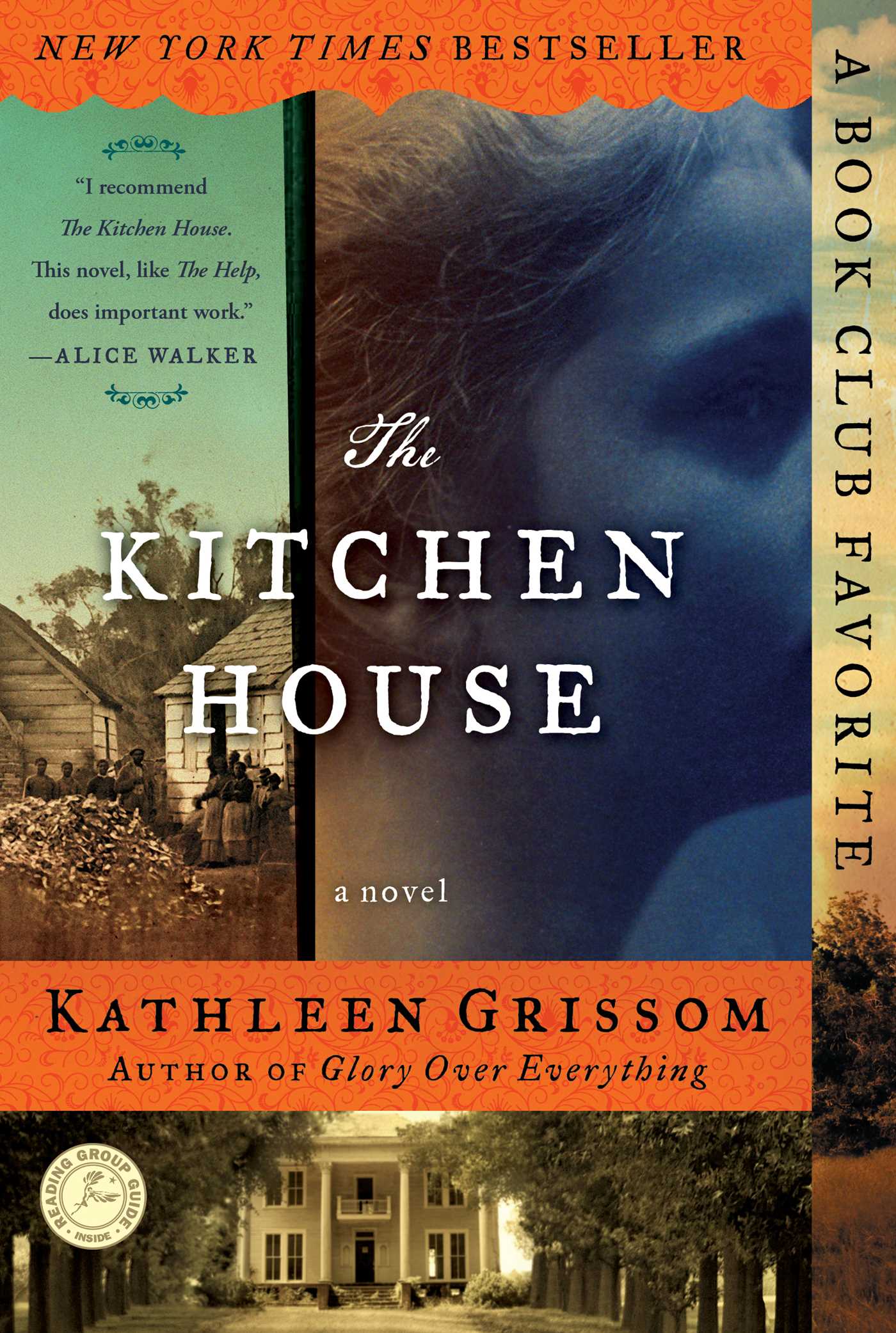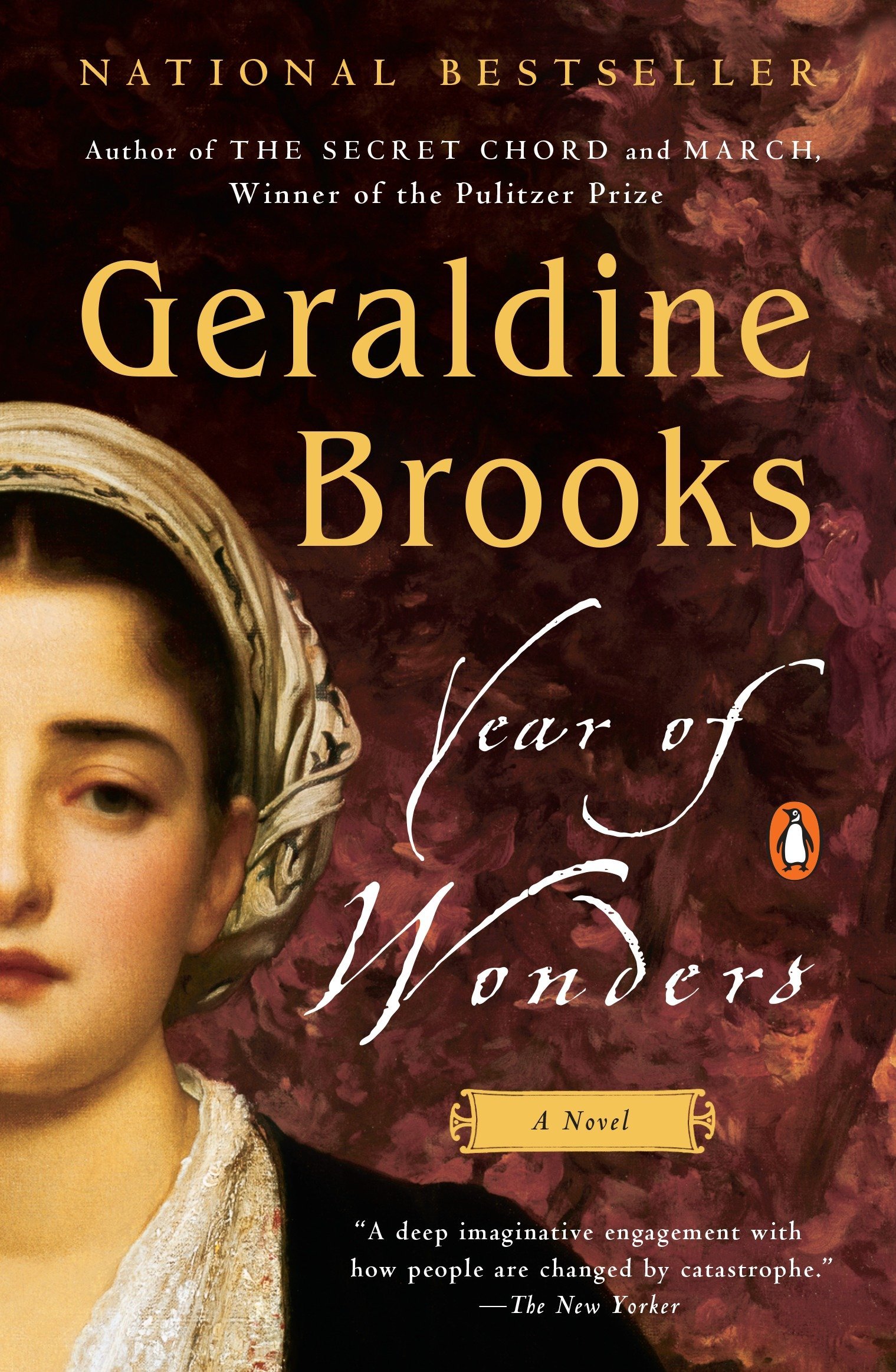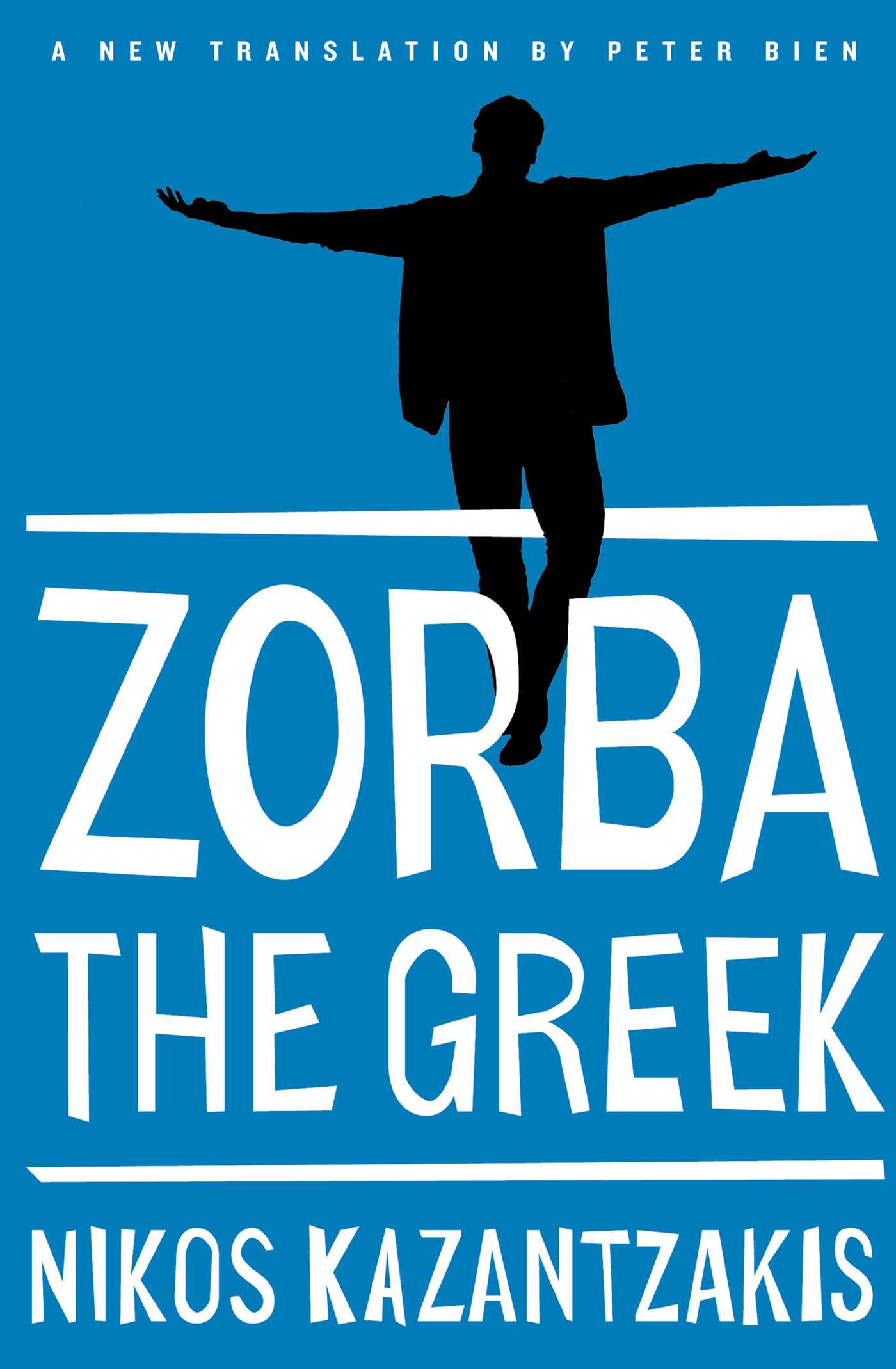Choosing a good pick for book club is tricky. You want a substantial story with enough themes for a fulfilling discussion and you want everyone to enjoy. Filled with popular book club gems from years ago to dual time-lines plots, this list of rediscovered book reviews showcases great options for your next discussion. The books in this list were previously reviewed on Off the Shelf so when you’re pitching it to book club, you have a longform opinion on the book. Plus, with plenty of time to build up discussions online, these books have momentum built up online that’ll help push the conversation forward.

Rediscovered Reviews: 5 Top-Quality Book Club Picks
Author Kathleen Grissom had never thought of writing a book until she saw a spot on a map near her Virginia home called “Negro Hill.” Curious, she began to investigate, and as she did, she began to hear voices telling her a story. She wrote down exactly what they told her. If she tried to take the action into her own hands, her characters fell silent until she let them lead her again. They told her how Lavinia found a loving family among the slaves of the plantation, a family she had to leave behind when her indenture was over and she joined the white world. There, she uncovered a dark secret, putting many lives, including her own, at risk. When book clubs read the book and heard Kathy’s story, they were captivated, and their word of mouth helped THE KITCHEN HOUSE sell even more.
Read more of Trish’s review!
When a white indentured servant violates the delicate order of plantation society, she unleashes a tragedy that exposes the best and worst in everyone tied to the estate. Sweeping from 1790–1810, this is a heartbreaking, but ultimately hopeful, story of class, race, and familial bonds.
MENTIONED IN:
Told in chapters that alternate between past and present, between Nell’s story and the Jazz-Age 20s, THE NECKLACE offers many riches: snappy dialogue, family secrets, forbidden love, rich people behaving badly, and excellent whiskey. It has the stuff I loved most from RULES OF CIVILITY, EUPHORIA, POSSESSION, and THE NEST. There are lawn parties that would make Gatsby jealous; love letters from far-flung corners of the globe; good old-fashioned connection and longing; one truly manipulative and bitchy cousin; the romance of an old-money mansion’s days of glory; and, it turns out, a pretty sexy estate lawyer.
THE NECKLACE deftly explores how the choices we make play out in our lifetimes and beyond—and shows how satisfying it can be when a century-old secret unfolds gently and just right, itself an inheritance more valuable than the most priceless jewel in the world.
Read more of Cathy’s review!
In this “glittering, Gatsby-esque” (Publishers Weekly) novel, two generations of Quincy women—a bewitching Jazz Age beauty and a young lawyer—are bound by a spectacular and mysterious Indian necklace.
Always the black sheep of the tight-knit Quincy clan, Nell is cautious when she’s summoned to the elegantly shabby family manor after her great-aunt Loulou’s death. A cold reception from the family grows chillier when they learn Loulou has left Nell a fantastically valuable heirloom: an ornate necklace from India that Nell finds stashed in a Crown Royal whiskey bag in the back of a dresser. As predatory relatives circle and art experts begin to question the necklace’s provenance, Nell turns to the only person she thinks she can trust—the attractive and ambitious estate lawyer who definitely is not part of the old-money crowd.
More than just a piece of jewelry, the necklace links Nell to a long-buried family secret involving Ambrose Quincy, who brought the necklace home from India in the 1920s as a dramatic gift for May, the woman he intended to marry. Upon his return, he discovered that May had married his brother Ethan, the “good” Quincy, devoted to their father. As a gesture of friendship, Ambrose gave May the necklace anyway.
Crisp as a gin martini, fresh as a twist of lime, The Necklace is the charming and intoxicating story “written with wit, compassion, and a meticulous attention to period and cultural detail” (Kirkus Reviews) of long-simmering family resentments and a young woman who inherits a secret much more valuable than a legendary necklace.
The town in YEAR OF WONDERS is based on lore from a real seventeenth-century village in the English countryside called Eyam, which voluntarily quarantined itself to prevent plague from spreading beyond its borders. The narrator, Anna Frith, serves as a maid to the town’s minister, and accounts from Eyam mention their minister had a maid who survived the plague, indicating a real-life inspiration for Anna.
While this story encompasses lives and deaths throughout the village, it is all witnessed through Anna’s eyes, and it is her character development that truly moves the story. The plague outbreak coincides with the Reformation. The village is a combination of Puritan and Protestant faiths, including a strong belief in the existence of witches. Anna does not share all strict Puritan values, but her fear also keeps her from challenging them. She even refuses to learn from the apothecary, for fear of being branded a witch. As the story continues, though, and the situation becomes more dire, Anna takes on a leadership role within the society, becoming their healer and often the voice of reason, and standing up to her own demons.
Read more of Erin’s review!
THE DEVIL’S HIGHWAY tells the story of twenty-six men who crossed the border into the southern Arizona desert in 2001. In this powerful and compelling account, we come to know these good men. We learn about their families and friends, about their communities, about their hopes and aspirations, and about the unscrupulous “Coyotes” and criminal organizations with whom they must deal. We also learn about the U.S. border patrol agents struggling to keep people from crossing into the desert, many severely traumatized by what they have seen and found in this deadly stretch of desert known as the Devil’s Highway.
Along the way, Urrea offers deep insights into the historical, social, and political forces at work in both countries and along the border. With consummate narrative skill he takes the reader on the terrifying and tragic trek of these men, a trek that only twelve of the twenty-six would survive.
Read more of John's review!
Zorba is a huge mountain of a man—physically, emotionally, and spiritually—bawdy, profane, loyal, passionate, generous, kind, funny, and very human. He is described throughout the book as uneducated by the overeducated narrator, but Zorba imparts gifts of wisdom about life and love that put the narrator’s knowledge to shame.
The story begins in a café in Piraeus. The unnamed narrator, nursing a cup of sage tea, is mourning the loss of his beloved friend, who has left to fight a war. The narrator is on his way to take possession of a lignite mine on Crete, hoping that the physical labor necessary to work the mine will free his mind. He is shaken from his reverie by Zorba’s face at the café window. Once Zorba enters, the book takes on an energy and joy. When he opens his mouth to tell tales of his adventures, you sit back in awe. You want to spend as much time as you can in the presence of this man. When he is not there, you definitely miss him.
Read more of Suzanne’s review!
Photo credit: iStock / DmitriiSimakov












